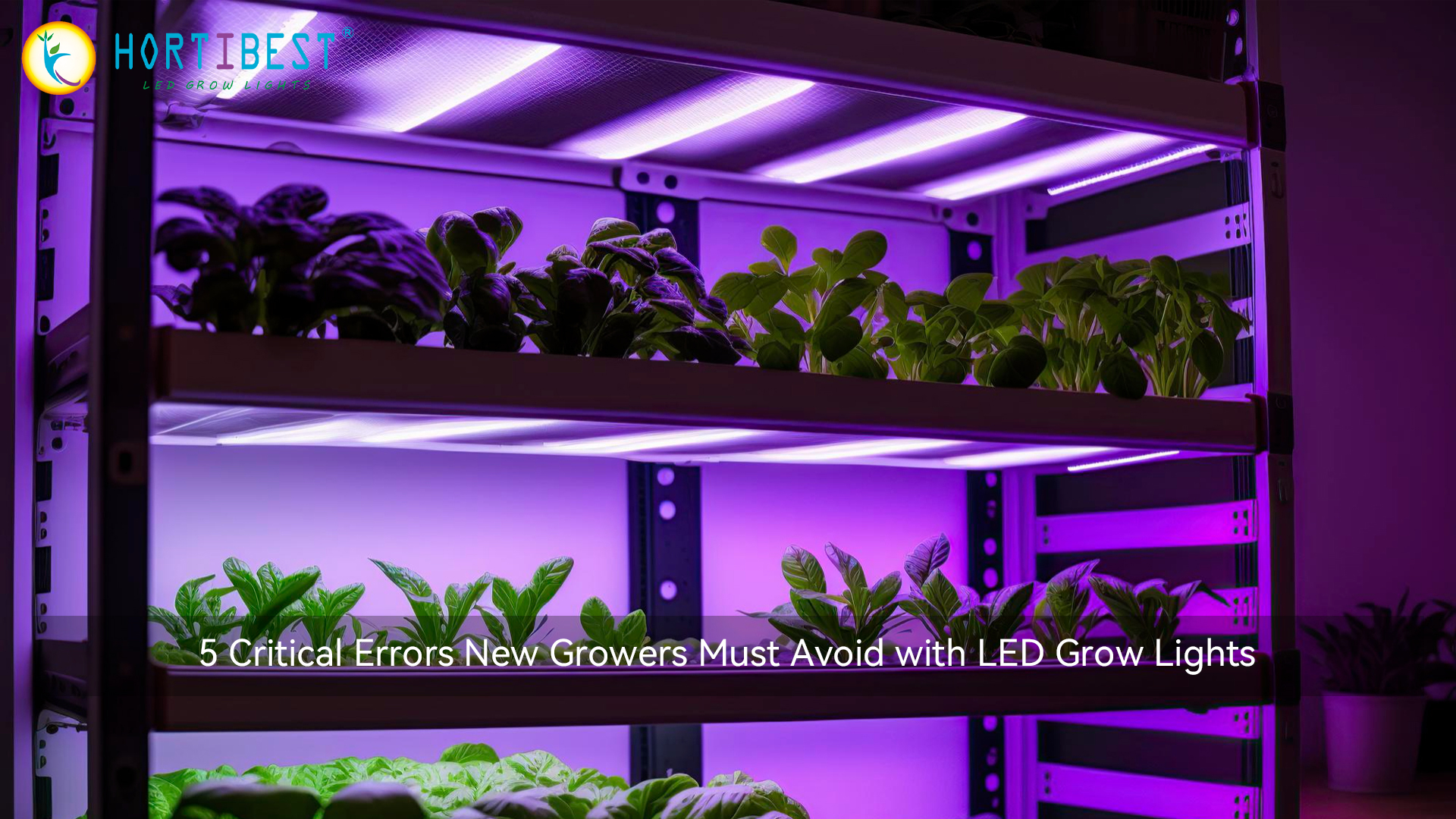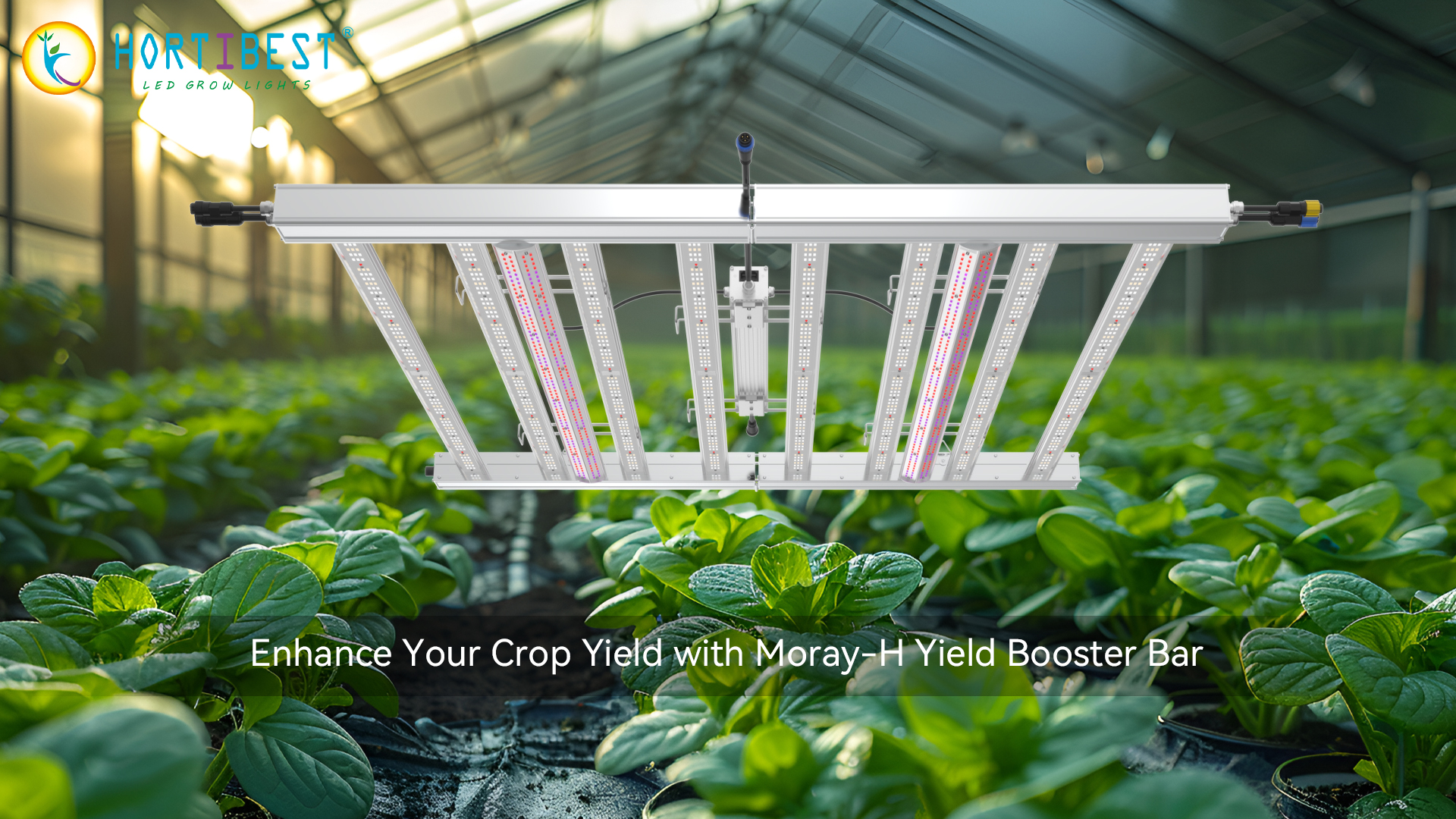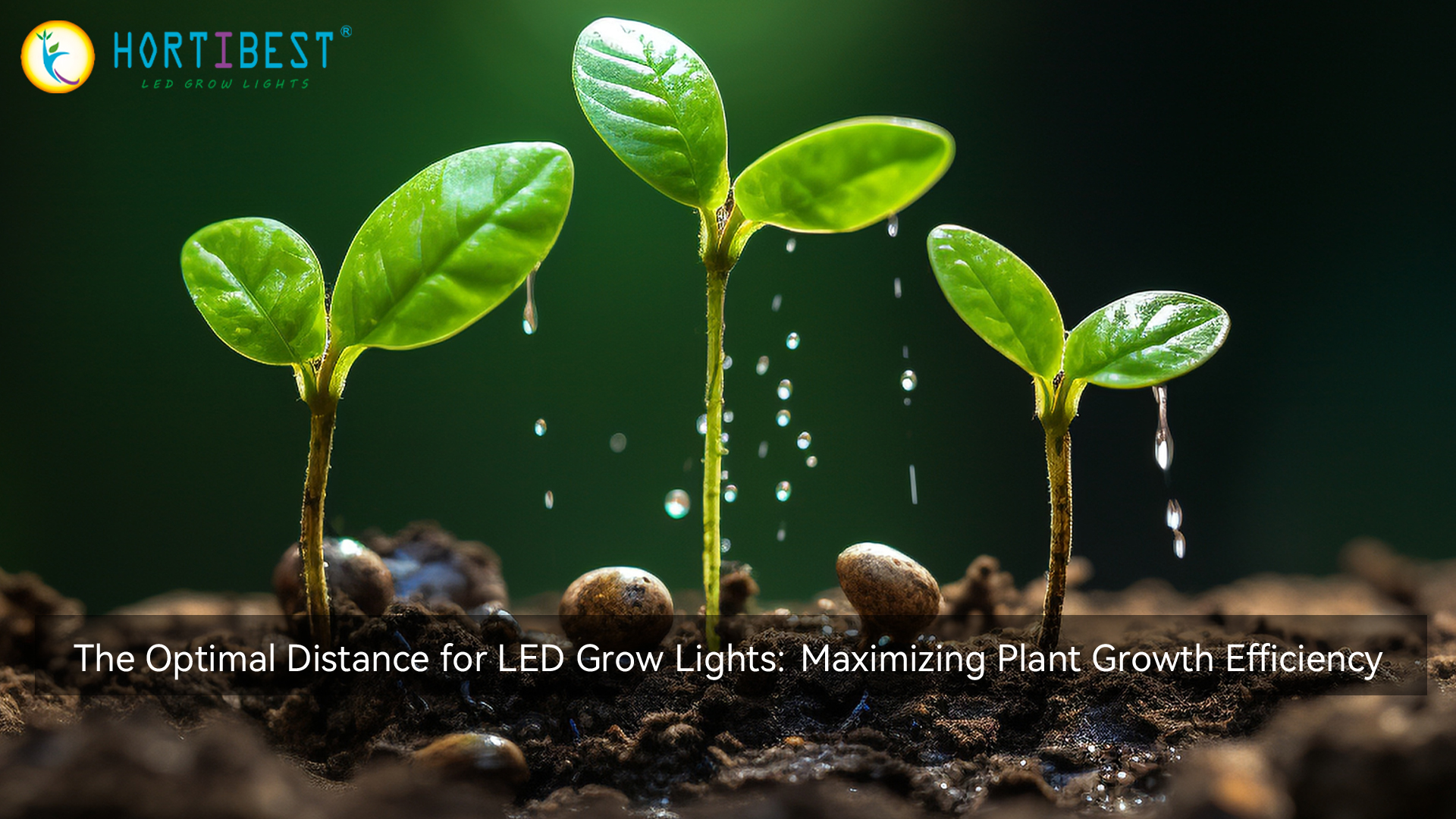Why are the leaves green? It sounds like a simple question, but it is still very complicated to explain, involving a lot of molecular botany knowledge. This article will address this question, why leaves are green and how green leaves absorb light.
Then why are the leaves green? The leaves are green because the plant cells contain many chloroplasts. What are chloroplasts? Chloroplasts are organelles in green plant cells, which responsible for photosynthesis. Chloroplasts contain a lot of chlorophyll. If you cut the leaf into a very thin piece and put it under an optical microscope, you can see the chloroplast as shown in the following picture. A normal cell contains about 20 chloroplasts. If these chloroplasts are made into paraffin sections and viewed under an electron microscope, the fine structure can be seen.
What is photosynthesis? Chloroplasts can absorb light and convert light energy into chemical energy which is stored in starch. This process is called photosynthesis, which is the source of energy for all plants, so it is said that "all things grow under the sun". The first step in photosynthesis is the absorption of light.
How do chloroplasts absorb light and convert light energy into chemical energy?
Chloroplasts absorb light energy by chlorophyll (Chlorophylls, hereinafter referred to as Chl). Chl is a class of organic compounds containing cyclic porphyrin structure. Different Chls have different preferences for light absorption. Chl A is the most abundant in green plants. Chl A mainly absorbs light with a wavelength of about 450nm, that is, blue-violet light, and reflects light with a wavelength of 500-550nm, that is, green light. (Fig.1) This part of the green light that cannot be absorbed is reflected, so the leaves of the plants are usually green.
Fig.1
The main structure of Chl is Mg-centered ring porphyrin structure (Fig.2). As a metal ion, Mg is surrounded by a large number of electron clouds. Due to the resonance of the covalent bonds between N atoms and Mg, the extent of the electron cloud becomes larger. Chlorophyll can absorb light, relying on this complex cyclic porphyrin structure. In fact, chemically, this ring-shaped carbon skeleton structure has the property of absorbing light. Like some amino acids containing benzene rings, etc. After the cyclic porphyrin structure absorbs light, it is easy to make the electron transition of Mg. In general, the energy of a photon can only cause the transition of an electron. Before finding the receptor, high-energy electrons will pass between Chl molecules until they find a Chl molecule that binds to the receptor, transferring the energy away. It is about this process
(Fig.3).
Fig. 2

Fig.3
The location of this receptor is what we usually call the photoreaction center. Plants have two different photo response centers (Fig.4). Each photo response center has an acceptor molecule that accepts high-energy electrons from Chl. As compensation, Chl, which has lost an electron, will gain another electron from a water molecule, and eventually produce oxygen molecules and hydrion(H+).
According to research, about 2500 Chl are involved for every molecule of oxygen molecule produced. The structure of the photoreaction center is not much different between different species of plants and bacteria, the researchers used the purple bacterium. Rhodopseudomonas viridis to analyze the fine structure of the photoreaction center for the first time, and won the Nobel Prize in 1988.
Fig.5
In 2017, scientists analyzed the structure of the symmetrical photoreaction center in Heliobacterium modesticaldum, and found that each photoreaction center binds about 54 Chl molecules, and 2 carotene molecules are used to absorb energy and transfer to the electron transfer chain center.
Chlorophyll is very effective at absorbing light. Most of the wavelength range of solar light that received on the earth lies in 400-700nm, and the absorption of chlorophyll is just in this range.
All in all, the light energy that absorbed by chlorophyll will eventually change into three forms:
a) Photosynthesis
b) Chlorophyll fluorescence
c) Non photochemical quenching
The energy used in photosynthesis is only part of the light energy absorbed by chlorophyll. The energy of photosynthesis comes from the energy that is successfully converted to the receptor, and the part that is not successfully converted becomes auto fluorescence and heat energy.
 5 Critical Errors New Growers Must Avoid with LED Grow Lights
5 Critical Errors New Growers Must Avoid with LED Grow Lights
 Enhance Your Crop Yield with Moray-H Yield Booster Bar
Enhance Your Crop Yield with Moray-H Yield Booster Bar
 The Optimal Distance for LED Grow Lights: Maximizing Plant Growth Efficiency
The Optimal Distance for LED Grow Lights: Maximizing Plant Growth Efficiency